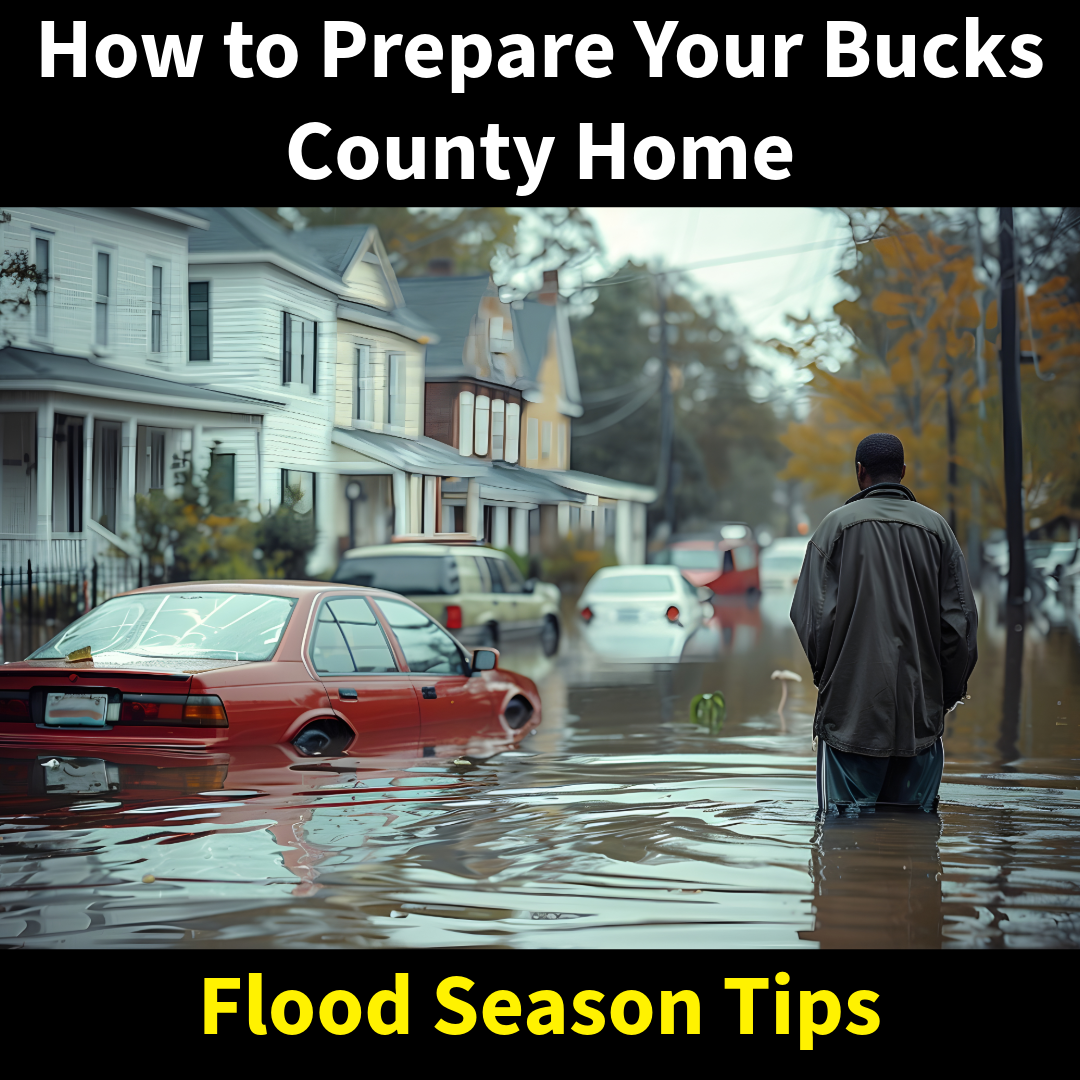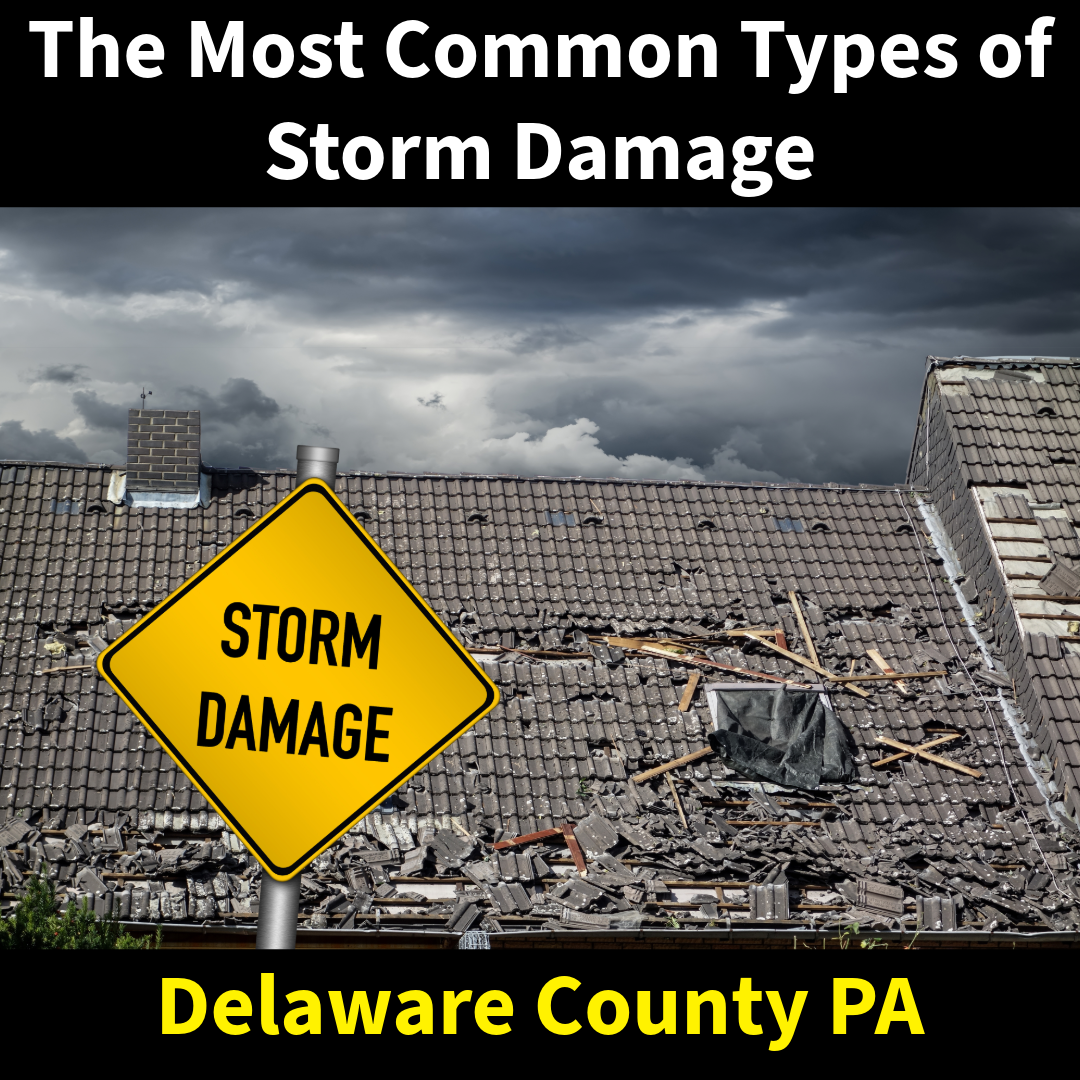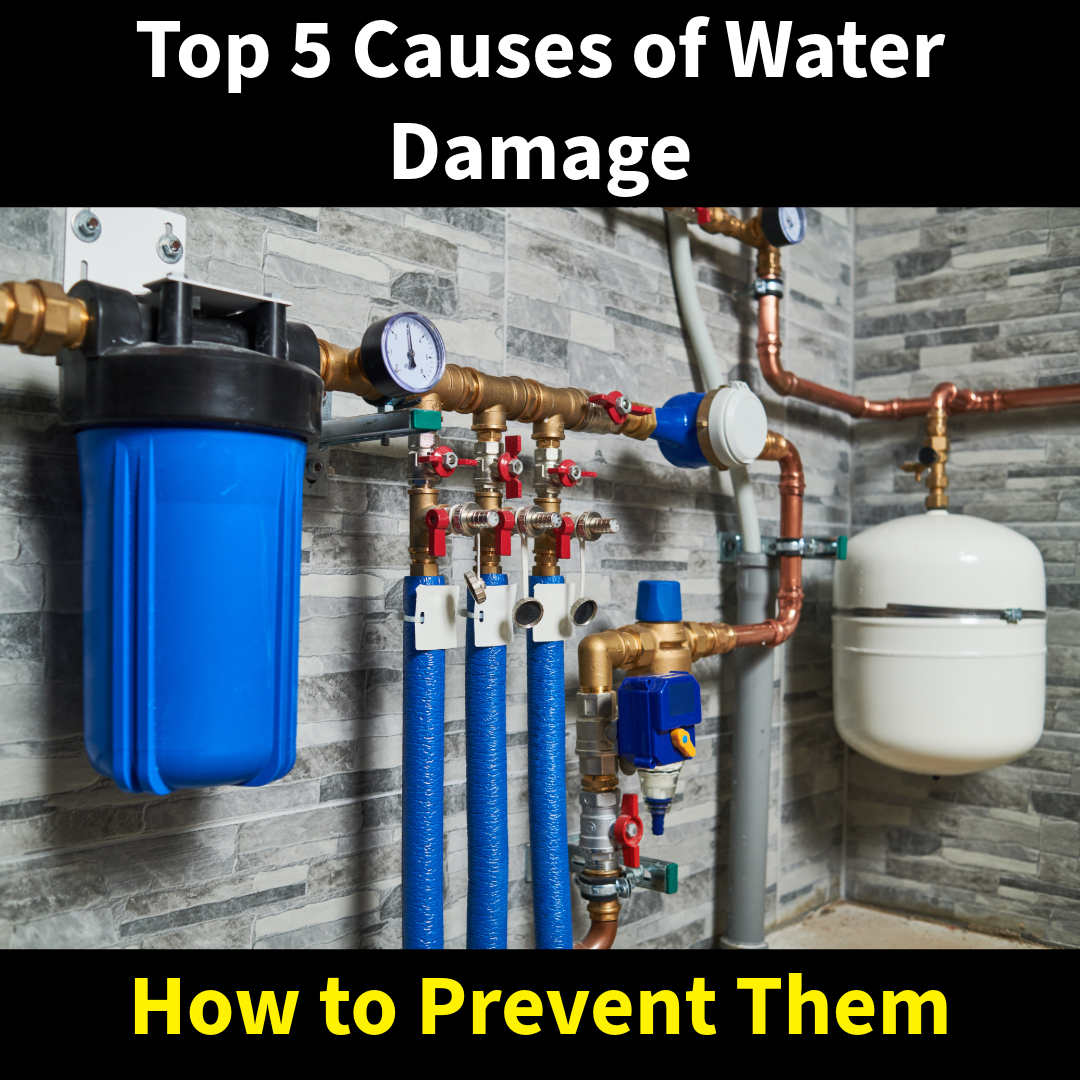Winter often brings snow and ice, which can lead to significant headaches for homeowners. According to the Insurance Information Institute (III), 1 in every 55 insured homes files a claim related to water damage or freezing each year. Fortunately, most standard homeowners insurance policies include coverage for ice-related damage. However, understanding the details of your policy is crucial. Here’s what you need to know about ice damage and insurance coverage.
Hail Damage and Insurance Coverage
Hail can cause substantial damage to roofs and windows. Most homeowners insurance policies include dwelling coverage, which protects your home against specific perils like hail and other ice-related losses.
If hail damages an external structure on your property, such as a shed or detached garage, it may be covered under other structures coverage, a component of some insurance policies. However, coverage is subject to policy limits and conditions. For tailored advice, consult your insurance agent to determine appropriate levels of protection for your property.
Roof Collapse: When Ice and Snow Get Too Heavy
Ice buildup on your roof during winter can lead to roof collapse, especially when the weight of ice and snow becomes excessive. Homeowners insurance typically helps cover the cost of repairing or replacing a roof damaged by a collapse.
Additionally, if your home becomes uninhabitable due to a roof collapse, your policy may also cover additional living expenses, such as hotel bills, while repairs are underway. To prevent roof collapse, consider regular maintenance like clearing ice and snow or cleaning gutters. For safety and efficiency, hire a professional to handle roof maintenance tasks.
Ice Dams: A Common Winter Hazard
Ice dams form when ice accumulates on the edges of your roof, preventing melting snow from draining properly. This trapped water can leak through the roof, causing water damage. Dwelling coverage typically helps cover damage caused by ice dams, but personal property coverage may not include this type of loss.
It’s important to note that while homeowners insurance may not cover the cost of ice dam removal, it usually covers the resulting water damage to your home. Routine maintenance, such as cleaning gutters, can help prevent ice dams. According to the III, keeping gutters clear allows water to flow freely and reduces the risk of damage.
Frozen and Burst Pipes: Are They Covered?
Frozen or burst pipes can lead to significant water damage in your home. Homeowners insurance often covers this type of damage, but only if proper precautions were taken to maintain a safe indoor temperature. The National Association of Insurance Commissioners warns that neglecting to heat your home may void coverage for frozen pipes.
Review your policy limits and terms to understand your level of coverage for pipe-related damages.
Injuries on Ice: Liability Coverage
Ice on walkways and driveways can pose serious risks to visitors. If someone slips and falls on ice on your property and decides to sue, liability coverage included in your homeowners insurance may help protect you. This coverage can assist with medical bills, lost wages, or legal fees if you’re found responsible for the injury.
For additional protection, consider a personal umbrella policy, which extends liability coverage limits and provides extra peace of mind during winter months.
Prepare for Winter: Know Your Coverage
As winter approaches, review your homeowners insurance policy to understand what’s covered and identify potential gaps. Your insurance agent can help you adjust your coverage to meet your needs. While you can’t avoid winter weather, knowing you’re protected against ice-related damage can provide peace of mind during the colder months.



